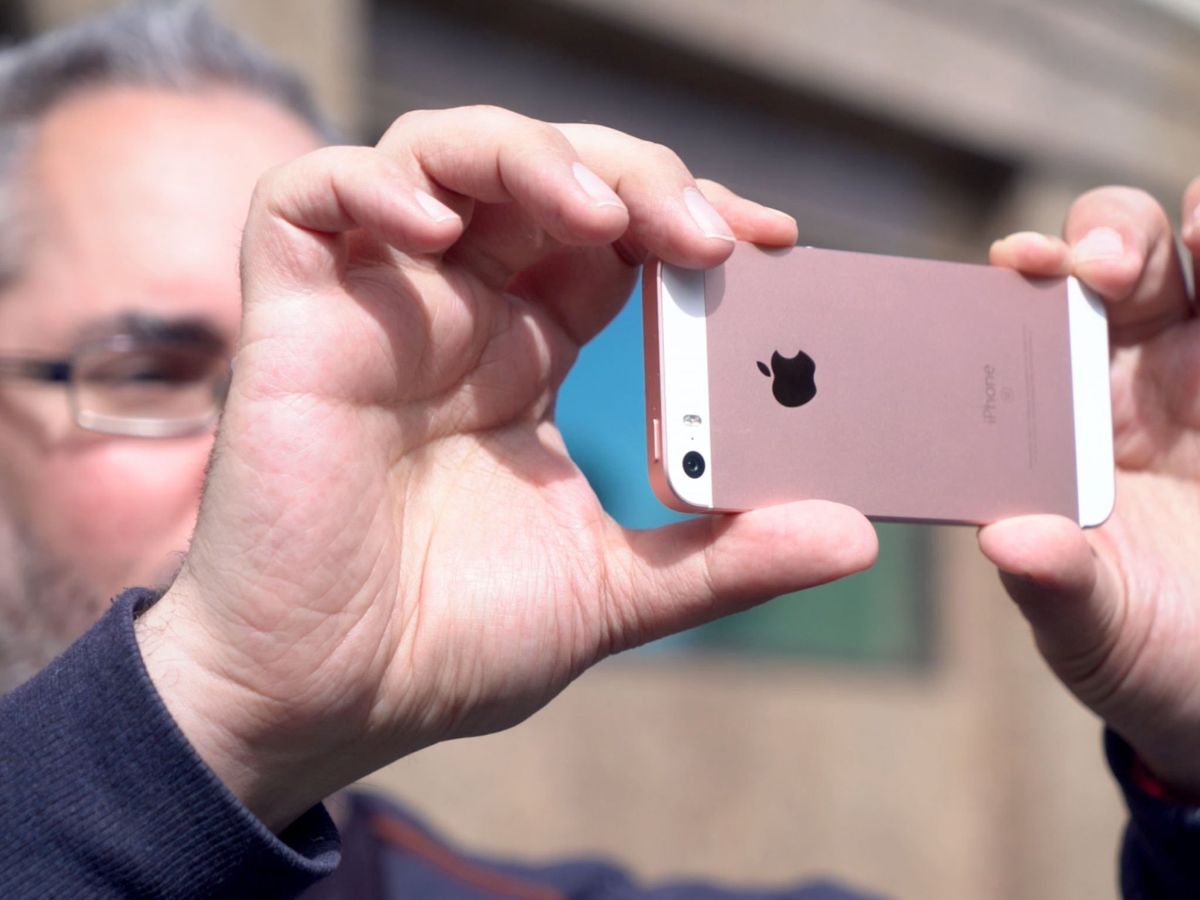iPhone SE camera shootout — does the pocket-sized still pack a punch?

Camera test time! I've been shooting with iPhone SE as my primary camera for well over a week now and I've been very impressed. The combination of that 12-megapixel iSight camera and the tiny size has made it, well, the perfect pocket camera. It's effectively identical to an iPhone 6s, but I'm used to shooting with an iPhone 6s Plus, which also includes optical image stabilization (OIS) to smooth out my shaky hands. So, I wanted to see what, if any, difference I could detect in real world conditions. I also wanted to see how much better, if at all, the iPhone SE camera performed compared to iPhone 6, iPhone 5s, and iPhone 5 — the most common phones people might be looking to upgrade from. So, I started testing!
If you're looking for how Apple's 12-megapixel iSight compares to Samsung's, you can check out our iPhone 6s vs. Galaxy S7 shootout. If you want a bunch of other phones as well, you can check out Android Central's massive phone shootout. I'm only shooting with iPhones... for now.
Panoramas
iPhone SE, like iPhone 6s, can shoot monstrous 63 MP panoramas (compared to 43 megapixel panos on older generation iPhones). It can also dynamically adjust to changing lighting conditions like, oh, shooting at the sun!




Outdoor daylight
Here's how regular 12-megapixel snaps look compared to the 8 megapixel snaps of previous generations. iPhone SE and iPhone 6s both do advanced local tone mapping and noise reduction, but outside, in daylight, is pretty much as ideal as it gets for any camera.






Indoor light
iPhones 6, iPhones 6s, and iPhone SE all have phase detection auto-focus. That means there are "focus pixels" in the sensor that do a better, faster job of locking onto what's in front of the lens than older, contrast based systems. The end result isn't different, it just takes less time to get there.






Indoor macro
Macros are one of those things where, for me, the bigger the viewfinder the better. Give me a 9.7-inch iPad Pro and I'll frame exactly what I want and make sure it's absolutely, positively tack sharp before I snap it. So here, while iPhone SE has as good an iSight as iPhone 6s Plus, the smaller screen and my poor vision combine to make it harder to see the details I want to make sure get focused on.






Outdoor night
Low-light photography is the current holy grail, or white whale, or whatever object of obsession you prefer. If you go with the maximum aperture to get it, you risk distortion. If you hold the aperture open longer, you risk motion blur. If you crank the ISO, you get noise. Apple uses the image signal processor (ISP) in the A-series chipsets to try to get the best low-light possible with the minimum aberrations possible. The A9 in the iPhones 6s and iPhone SE is the current state-of-the-art.
Master your iPhone in minutes
iMore offers spot-on advice and guidance from our team of experts, with decades of Apple device experience to lean on. Learn more with iMore!






Indoor night
The iPhones Plus, of course, also add optical image stabilization (OIS), which allows the aperture to stay open a little longer, drink in a few more photons, and hopefully produce a better image.






Selfie night
Unlike the iSight camera on the back, iPhone SE didn't get the new 5 megapixel FaceTime camera on the front. Which is, bluntly, super sad really harshens my selfie game. The A9 does provide for better image processing, but ultimately you dance with the glass that brang you. (Translation: Even the best ISP in the world is still working on the data provided by the sensor. Less data, less to work with.)






More to come!
I'll be adding more photos as I take them, as well as full-res crops, so check back soon!

Rene Ritchie is one of the most respected Apple analysts in the business, reaching a combined audience of over 40 million readers a month. His YouTube channel, Vector, has over 90 thousand subscribers and 14 million views and his podcasts, including Debug, have been downloaded over 20 million times. He also regularly co-hosts MacBreak Weekly for the TWiT network and co-hosted CES Live! and Talk Mobile. Based in Montreal, Rene is a former director of product marketing, web developer, and graphic designer. He's authored several books and appeared on numerous television and radio segments to discuss Apple and the technology industry. When not working, he likes to cook, grapple, and spend time with his friends and family.